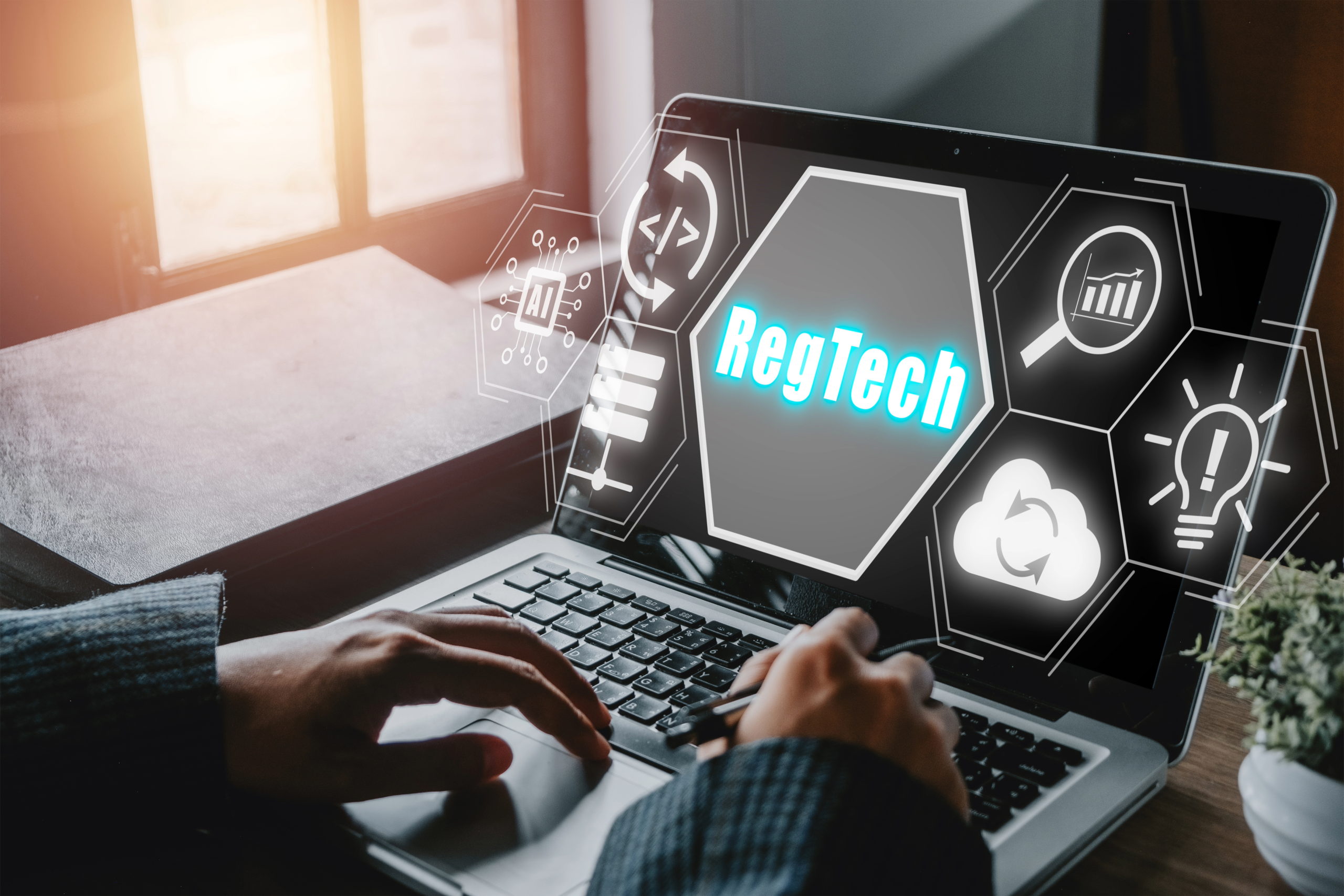Nowadays, with the heavily regulated business environment, staying compliant is more critical and more challenging than ever. With regulations constantly evolve, organizations are under immense pressure to keep up, ensure adherence, and avoid costly penalties or reputational damage.
This is where artificial intelligence (AI) comes in, offering a transformative solution that is changing the way businesses manage compliance.
AI-powered compliance tools, part of the rapidly growing RegTech (Regulatory Technology) sector, are revolutionizing how companies approach regulatory risk management. These tools do more than just automate compliance processes; they enhance accuracy, efficiency, and proactive risk mitigation. By leveraging AI, businesses can stay ahead of regulatory challenges, reduce risks, and focus on growth without getting bogged down by compliance burdens.
The Role of AI in Modern Compliance
Compliance has traditionally been a reactive, labor-intensive process. Teams would manually sift through mountains of data, conduct periodic audits, and hope to catch issues before regulators did. However, with the sheer volume of data and the speed at which regulations change, this approach is no longer sustainable. AI is stepping in to fill the gap, offering smarter, faster, and more proactive solutions.
One of the most significant advantages of AI is its ability to process and analyze vast amounts of data in real time. Whether it is detecting fraudulent transactions, monitoring for anti-money laundering (AML) compliance, or predicting regulatory shifts, AI-powered tools are enabling businesses to stay compliant with unprecedented precision and efficiency.
Real-Time Fraud Detection and Transaction Monitoring
Fraud remains a top concern in industries like banking, finance, and healthcare, where breaches can have devastating consequences. Traditional fraud detection systems rely on static rules, which often fail to catch emerging fraud patterns.
AI, on the other hand, thrives on data. By analyzing vast amounts of transactional data, AI can identify unusual patterns in real time, flagging suspicious activities such as identity theft, money laundering, or unauthorized transactions immediately.
This real-time capability not only minimizes damage but also reduces false positives, ensuring legitimate transactions are not unnecessarily delayed. For compliance teams, this means less time chasing dead ends and more time addressing real threats.
Similarly, AI is transforming transaction monitoring, a critical component of AML compliance.
Traditional methods focus on specific red flags, but AI takes a more comprehensive approach. By continuously monitoring transactions and analyzing large datasets, AI can identify trends and anomalies that humans might miss. This holistic oversight allows businesses to detect suspicious activities, such as money laundering or illicit financial flows, much faster, ensuring stronger compliance with AML regulations and reducing the risk of hefty fines or legal repercussions.
Proactive Risk Assessment and Predictive Analytics
Gone are the days of reactive risk management. AI is enabling businesses to take a proactive approach to compliance. Instead of waiting for periodic audits or regulatory inspections, AI systems analyze data from multiple sources—financial markets, news outlets, social media, and more—to predict potential risks before they materialize.
For example, AI can alert businesses to upcoming regulatory changes or identify patterns that signal a developing compliance issue. This predictive capability allows organizations to take preventive action, avoiding fines, penalties, and reputational damage.
Predictive analytics also play a crucial role in anticipating regulatory shifts. The regulatory scene is constantly evolving, and businesses need to stay ahead of the curve. By analyzing trends in regulatory updates, market shifts, and even geopolitical events, AI can forecast potential changes that may impact compliance. This foresight allows businesses to prepare in advance, minimizing the risk of compliance gaps and ensuring they remain aligned with evolving standards.
Streamlining Compliance Processes with Automation
One of the most time-consuming aspects of compliance is the manual effort involved in tasks like reporting and document review. Compliance reporting, for instance, has traditionally required teams to spend hours, or even days, sifting through data to generate the necessary reports. AI-powered tools are changing the game by automating this process. AI can collect, process, and organize data in seconds, generating accurate reports with minimal human intervention. This not only reduces the risk of errors but also ensures businesses meet regulatory deadlines without the last-minute scramble.
Document review is another area where AI is making a significant impact. Compliance often involves reviewing mountains of documents—contracts, policies, financial statements—to ensure everything is in order. Traditionally, this process is tedious and error-prone. AI, however, can scan and analyze thousands of documents in record time, extracting critical information and flagging discrepancies. This not only speeds up the process but also ensures nothing slips through the cracks, making compliance checks more efficient and reliable.
Continuous Monitoring and AI-Driven Assistance
Traditional compliance audits are often periodic, leaving gaps where non-compliance can go unnoticed. AI changes this by offering continuous, real-time monitoring. With AI tools tracking operational data around the clock, businesses can ensure they are always aligned with regulatory requirements. This 24/7 oversight means any discrepancies or potential violations are flagged immediately, allowing businesses to address issues before they escalate.
AI-driven virtual assistants are also simplifying compliance for teams. Compliance can be overwhelming, especially for teams juggling multiple complex regulations. These intelligent systems can guide compliance teams through regulatory requirements, answer questions, clarify processes, and even handle routine administrative tasks. By taking on these responsibilities, AI-driven assistants reduce the burden on compliance teams, allowing them to focus on higher-value tasks.
The Future of Compliance Is AI-Powered
AI is transforming compliance from a reactive, labor-intensive process into a proactive, streamlined operation. By automating routine tasks, enhancing fraud detection, enabling real-time monitoring, and providing predictive insights, AI-powered tools are helping businesses stay compliant while reducing regulatory risks.
As regulations continue to evolve, the role of AI in compliance will only grow. Organizations that embrace these technologies will be better equipped to navigate the complexities of the regulatory environment, ensuring they remain compliant, efficient, and ahead of the curve.
The future of compliance is undeniably AI-driven. For businesses looking to reduce regulatory risks and improve efficiency, now is the time to invest in AI-powered RegTech solutions. After all, in the world of compliance, staying ahead isn’t just an advantage—it’s a necessity.


























